The Essence of Biophilic Design in Luxury Jets
The Essence of Biophilic Design in Luxury Jets
Emerging at the forefront of luxury aviation trends, biophilic design is more than an aesthetic choice—it's a health-focused vision that integrates the natural environment into the aviation experience. Studies have indicated that biophilic elements onboard can greatly reduce stress and enhance passenger wellbeing. The inclusion of natural materials, natural light, and vegetation can transform a sterile cabin environment into a tranquil flying oasis.
Understanding Biophilic Principles in Aviation
At its core, biophilic design reconnects passengers with nature, an element often absent in the artificial settings of air travel. Using textures and patterns that reflect the outdoors, such as wood grains or images of landscapes, can significantly improve the quality of a jet's interior atmosphere. According to a study by Terrapin Bright Green, spaces with biophilic design can increase seen restorativeness and decrease heart rate and stress levels.
Materials and Textures That Speak to Nature
Luxury aviation interiors now increasingly feature organic materials like leather, wood, and stone to create a sense of harmony and serenity. These textures are not just visual; they provide tactile stimulation that enhances the overall sensory experience. A report by The Future Laboratory suggests that luxury consumers are seeking more than opulence; they're looking for an experience that promotes wellbeing through a connection with nature.
Lighting: The Natural Rhythm of Luxury
Circadian lighting, which mimics natural daylight patterns, plays a pivotal role in aligning our biological clock when flying across time zones. The use of intelligent lighting systems can make transitions smoother and reduce jet lag, a common issue among frequent travelers. Research shows that strategic use of lighting on board can help passengers adapt to new time zones up to 50% faster than traditional cabin lighting.
Plants and Natural Elements
The introduction of flora into aircraft interiors can be both visually stunning and psychologically beneficial. Live plants not only enrich the beauty of a jet's aesthetics but also improve air quality. NASA's Clean Air Study found that certain plants could remove up to 87% of air toxins in 24 hours, thereby significantly purifying the cabin air.
Visual Connections with the Outside
Ensuring passengers can maintain a visual connection with the skies is another key aspect of biophilic design. Panoramic windows or even virtual windows displaying real-time scenery can intensify the feeling of openness and freedom, with the SkyView Panoramic Window by Boeing being a prime example of luxury innovation in the market.
As air travelers seek sanctuaries in the skies, the enchanting pull of biophilic design in luxury jets is not just a fleeting trend but a profound transformation of the flight experience, promoting tranquility and wellness thousands of feet above the ground.
Enhancing Passenger Wellbeing with Nature-Inspired Interiors
Unlocking the Serenity of Nature at 30,000 Feet
The concept of biophilic design seamlessly integrates the love of life and the living world into the intricacies of architectural composition. Renowned for enhancing human connections with nature, biophilic design principles are increasingly being adopted in the realm of luxury private jets. Beyond aesthetics, integrating natural elements such as wood, stone, and water features can significantly boost passenger wellbeing. Statistics from a Terrapin Bright Green report indicate that spaces with biophilic elements can improve mental engagement and reduce stress levels—invaluable benefits for high-net-worth individuals traversing the globe.
Science-Backed Benefits Tailored to Discerning Travelers
In the bustling world of luxury aviation, passengers seek not just transport, but a transformative experience. Research spearheaded by Stephen R. Kellert, a pioneer in biophilic design, accentuates the rejuvenating ambience these elements create, which, in a jet setting, translate to unparalleled comfort and relaxation. For instance, the presence of expansive windows offering panoramic views of the sky and clouds can significantly elevate mood and produce a serene travel experience. These features follow the biophilic ethos, aligning with the luxury jet market's pivot towards wellness-centric designs, as corroborated by the Global Wellness Institute, which highlights a burgeoning trend in wellness real estate.
The Symphony of Natural Materials and Light
Delving into the specifics, luxury jet owners are enamored with the harmonious interplay between natural light and organic materials. Sunlight streaming through skylights can enhance the cabin's ambiance, partnering with sustainably sourced wood and stone accents to create a peaceful haven amidst the clouds. The allure of a living green wall aboard a Gulfstream G650ER, for example, beautifully exemplifies the fusion of nature and machine—a tableau that invites passengers to commune with nature, even at high altitudes. This approach also builds upon the findings of a Human Spaces report, which cites a 13% increase in wellbeing when subjects are exposed to natural elements.
Customizing the Aerial Ecosystem for Discerning Passengers
The personalization of luxurious spaces speaks directly to the clientele's desire for exclusivity. A bespoke design incorporating cascading waterfalls or a miniature Zen garden beneath one's feet offers a multisensory experience that caters to the elite traveler's penchant for the extraordinary. Reveling in the soft rustling of leaves or the gentle trickle of water, the luxury jet becomes more than a mode of transportation—it transforms into a transcendent retreat, marrying opulence with the essence of the outdoors. In a survey by Knight Frank, 96% of ultra-high-net-worth individuals regard customization as a key factor in luxury asset acquisition, a sentiment that extends emphatically into the realm of luxury aviation.
Conclusion
Biophilic design in luxury jets isn't merely an aesthetic choice; it's a strategic and health-oriented decision that caters to a growing demand among affluent travelers for spaces that recharge and refresh the spirit. The emergence of these designs reflects a profound understanding of the benefits that a connection to nature holds in our lives—a vibrant testament to the evolution of luxury air travel as we soar into the future of flight. As we delve deeper into the intricate balance of luxury and nature, we shall discover how these serene sanctuaries of the sky are redefining the parameters of premium travel. Stay tuned as we further explore the transformation of luxury jets into bastions of tranquility.
Real-World Applications: Notable Luxury Jets with Biophilic Elements
Bringing the Outdoors Inside: A Breath of Fresh Air for Sky-Travelers
When we consider the serenity of a landscape, the texture of a forest canopy, or the calm expanse of the sea, there's an undeniable sense of peace that accompanies these natural experiences. This is the heart of biophilic design: incorporating elements from nature into the built environment to enhance physical and emotional well-being. In the realm of luxury aviation, this design concept takes on new heights as it transforms private jets into tranquil retreats in the sky.
Research from the fields of environmental psychology and design suggests significant benefits to incorporating nature-inspired elements. The Human Spaces report on biophilic design in the workplace reveals that workers in environments with natural elements reported a 15% higher level of well-being and creativity, a statistic that echoes the potential for nature's influence on the experience of passengers aboard luxury jets. When translated to luxury aviation, these are not merely numbers; they represent a quality of journey that discerning travelers are actively seeking.
Elements such as the incorporation of natural light, organic materials, and panels that mimic the patterns of nature play a pivotal role in enhancing passenger experience. Let's take the integration of panoramic windows, for instance. This design choice not only floods the cabin with light but also provides unrivaled views of the cloudscape, ensuring passengers feel connected to the world outside.
Designing for Wellbeing: Nature's Palette at 30,000 Feet
The color green has an inherent calming effect, often associated with growth, harmony, and freshness. Implementing a color palette drawn from nature's own spectrum can reduce stress and invoke a sense of tranquility onboard. The strategic use of such colors can be found in World-class aircraft interiors, where hues are meticulously selected to evoke forests, meadows, or the azure of the ocean.
The feeling of walking barefoot on a lush carpet that simulates the texture of soft grass, or the tactile experience of natural wood grains, can transport passengers to a forest path or seaside boardwalk. In this way, the luxury aviation space is not only about moving across the globe but about ensuring the journey is as replenishing as the destination itself—a fundamental characteristic of a well-appointed luxury jet interior.
The Symphony of Senses: Curating a Sensory Experience in the Clouds
- Visual Appeal: LED mood lighting transitions to mirror the time of day or season, complementing the outside environment and enhancing passengers' circadian rhythms, improving overall travel comfort and reducing jet lag.
- Olfactory Experience: The subtle introduction of natural scents, such as the woody aroma of pine or the freshness of rainfall, can create an olfactory narrative that complements the visual and tactile aspects of biophilic design, centering the mind and lifting the spirits.
- Auditory Ambiance: Acoustic modifications can dampen the mechanical sounds of flight and allow for nature-inspired audio landscapes that provide a serene backdrop to the journey.
These considerations, when meticulously integrated into the design, contribute to what is rapidly becoming recognized as the epitome of luxury jet experience: an airborne sanctuary that revitalizes and inspires. As the discerning luxury traveler is increasingly informed and influenced by the potent benefits of biophilic concepts, it's becoming clear that such attentiveness to detail is not just desirable but expected. The future of luxury aviation will likely hinge on the ability to adapt and innovate with these rich, nature-inspired elements at its core.
Navigating the Challenges: Maintaining Luxury with Live Elements
Case Studies: Jets Embracing the Biophilic Verve
Luxury aviation has become synonymous with exquisite design, marrying opulence with state-of-the-art functionality. Among the vanguard are those who've incorporated biophilic design into their private jets—a notion that not only stimulates tranquility but is also supported by hard statistics. According to a report by Human Spaces, incorporating natural elements into design can improve well-being by up to 15%. Bringing the outdoors inside, luxury aircrafts like the Embraer Manhattan Airship and their Harmony design concept boast skylights and natural materials, articulating a depth of innovation that's tailored to high-flying naturalist luxury.
The Pioneers of Aerial Biophilia
Iconic instances of jets that have pioneered the biophilic trend set a paradigm for the rest. The Airbus ACJ319neo Infinito, designed in collaboration with Pagani, features wood veneers and organic materials that mimic earth's surface, alongside captivating sky ceilings that change from day to dusk. Eloquently crafted, these design elements create a unique atmosphere that's touted to reduce jet lag according to Airbus studies.
Integrating Technological Greenspaces
One might presume that incorporating living plants into an aircraft interior presents practical challenges. However, examples like the Boeing Business Jet BBJ 777X prove this wrong. The aircraft debuts built-in planters where moss and ferns thrive, marrying luxurious comfort with the serenity of greenery. This unique application not only adds an exceptional personal touch but also exemplifies detail-oriented craftsmanship aligned with luxury travel trends. Moreover, these installations are not mere aesthetic additions; a study by NASA reveals that certain indoor plants can remove up to 87% of airborne toxins in 24 hours, purifying the cabin air and enhancing passenger health.
Living Walls: A Spectacle in the Sky
Biophilic design reaches new heights with the integration of living walls. A case in point is the concept jet by Lufthansa Technik, with its green oasis at 30,000 feet. This living tapestry does more than please the eye; it engages passengers' senses and has the potential to increase humidity levels, which according to a study by the Environmental Protection Agency, can offset the dryness experienced in flight, adding a layer of comfort and well-being. By integrating such elements, luxury aviation is crafting spaces that are more than mere travel pods; they are dynamic environments that evoke a sense of connection to the natural world.
Embracing Sustainable Elegance
Manifesting a biophilic approach isn't exclusively about the direct transference of nature into the cabin. It's also about embracing sustainability. For instance, Bombardier's Global 7500 champions the use of sustainable materials, setting an industry benchmark. By opting for ethically sourced woods and textiles, the design demonstrates a commitment to eco-conscious opulence. In fact, the Global Sustainable Aviation Coalition claims that sustainable practices can improve brand reputation and potentially increase market share, a testament to modern consumer values intricately linked with luxury brand success.
Future of Flight: Is Biophilia the New Standard in Luxury Aviation?
Mitigating Complexity: Upkeep of Natural Elements Onboard
Integrating biophilic design in luxury jets introduces a serene ambiance but managing live natural elements at 40,000 feet has its intricacies. The challenges of ensuring longevity and freshness of plants, managing soil and water within a controlled environment, require innovative solutions. Notably, lightweight substrates and hydroponic systems have proven effective. These systems facilitate plant growth without traditional soil, minimizing weight and maintenance—a crucial aspect in aviation where every pound counts. According to industry reports, incorporating such technologies can optimize the jet's interior ecosystem and enhance the overall passenger experience.
Climate Control: Ensuring Enduring Vitality of Plants
Luxury aviation requires a delicate balance between comfort and functionality. For biophilic design, the regulation of temperature and humidity is critical to sustain plant life. Advanced climate control systems are paramount, as even minor fluctuations can potentially damage delicate ecosystems. The installation of smart sensors that continuously monitor and adjust the cabin environment has seen a rise in popularity, ensuring that both flora and passengers experience tailor-made conditions throughout their journey. Flight International has highlighted that the utilization of such smart systems has jumped by a significate percentage in recent years, solidifying their importance in luxury aviation interiors.
Harmonious Integration: Balancing Aesthetics and Practicality
The allure of live plants in a luxury jet extends beyond their aesthetic appeal—they must also coexist with the jet's design. Striking a balance between the natural elements and the high-end amenities requires skillful design and thoughtful planning. Bespoke furniture that doubles as planters and unobtrusive integrated watering systems are examples of how design can seamlessly incorporate biophilic elements. This ensures that the infusion of nature into the cabin does not compromise the luxury or function of the space, but rather enhances it. Recommendations from designers have been cited in recent issues of Aviation Week & Space Technology, underscoring the importance of marrying form and function in airplane interiors.
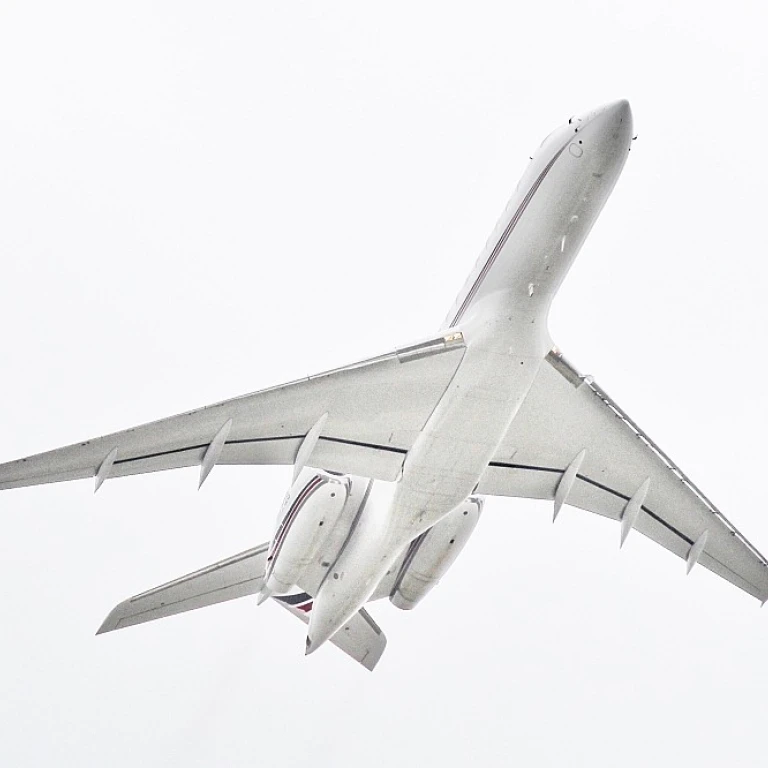
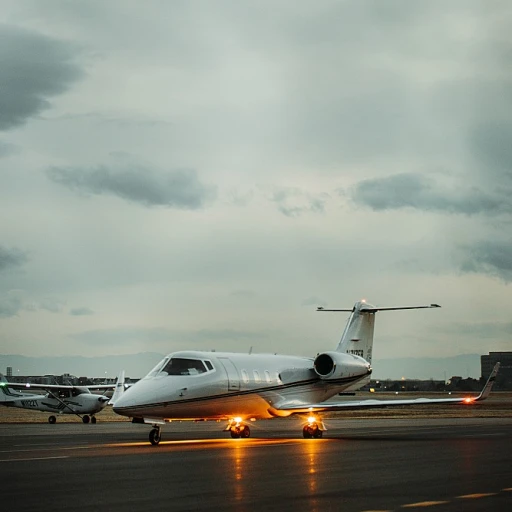
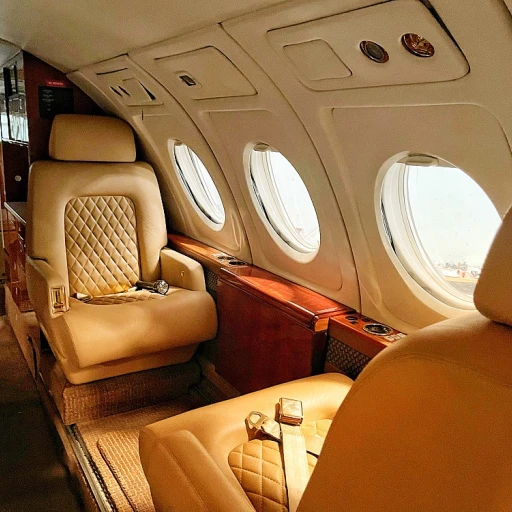
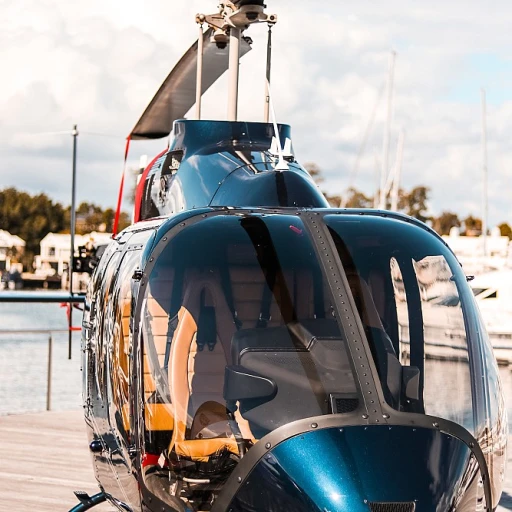
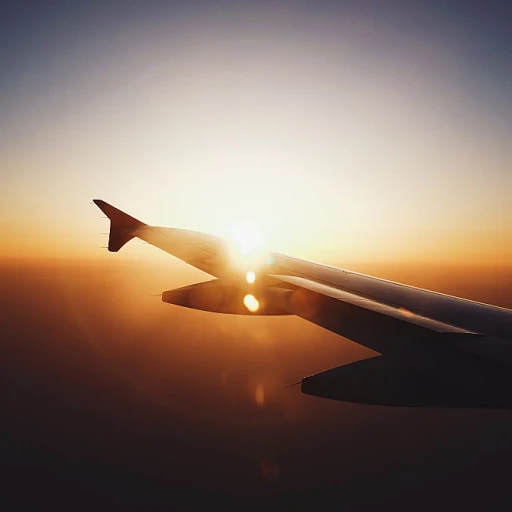
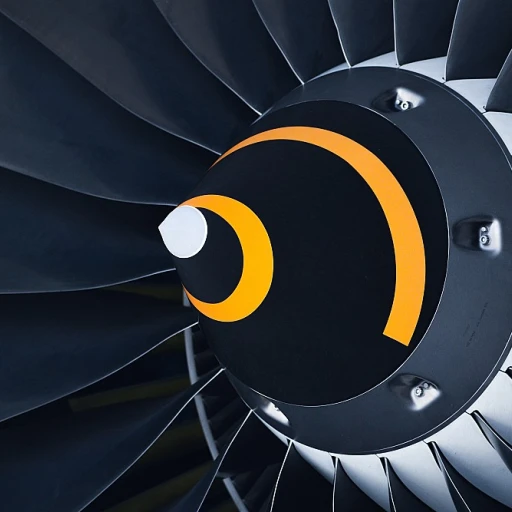
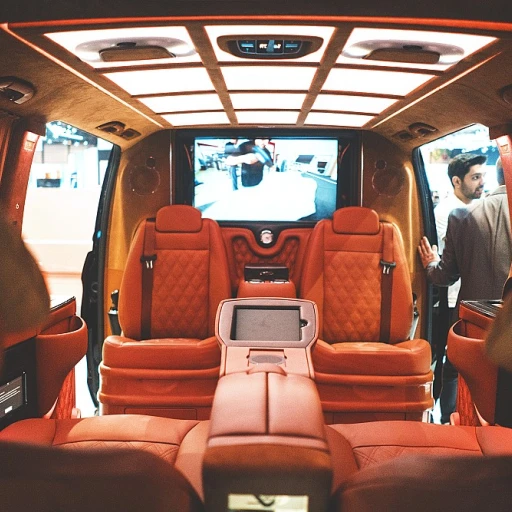
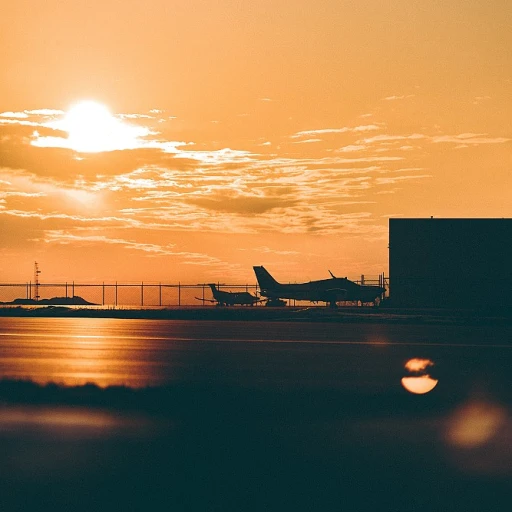
-large-teaser.webp)